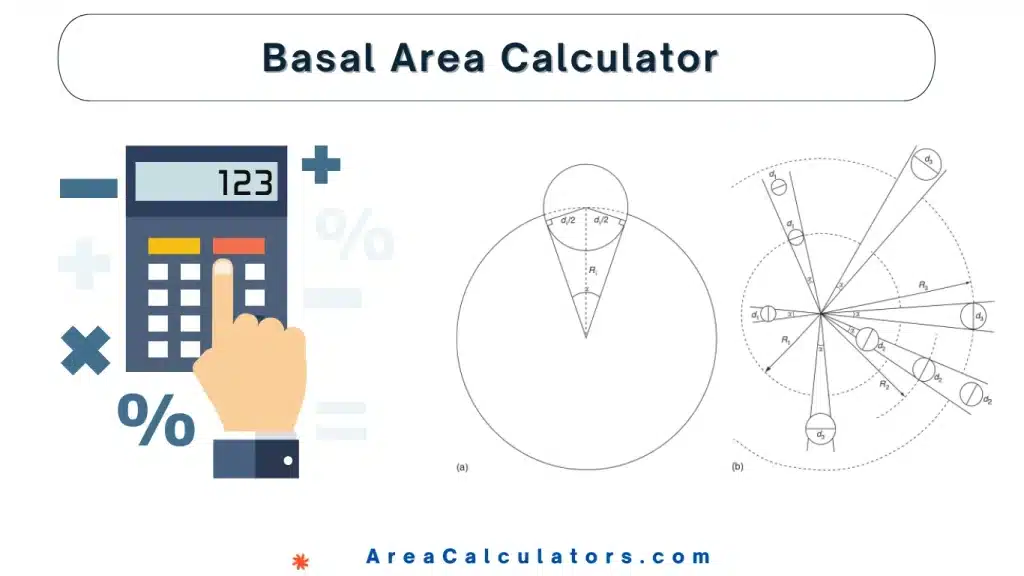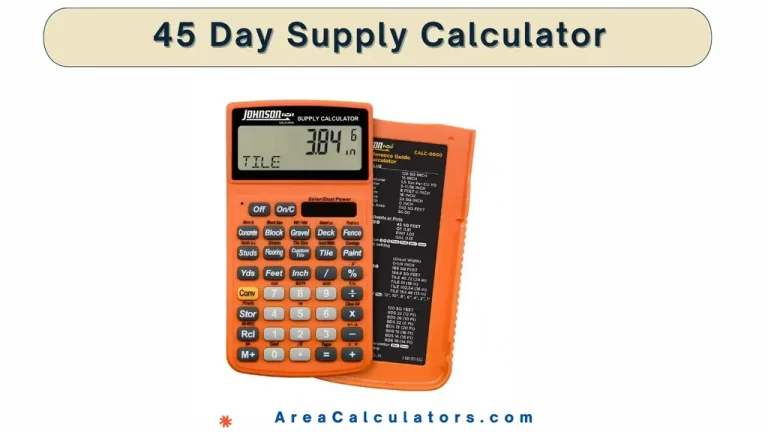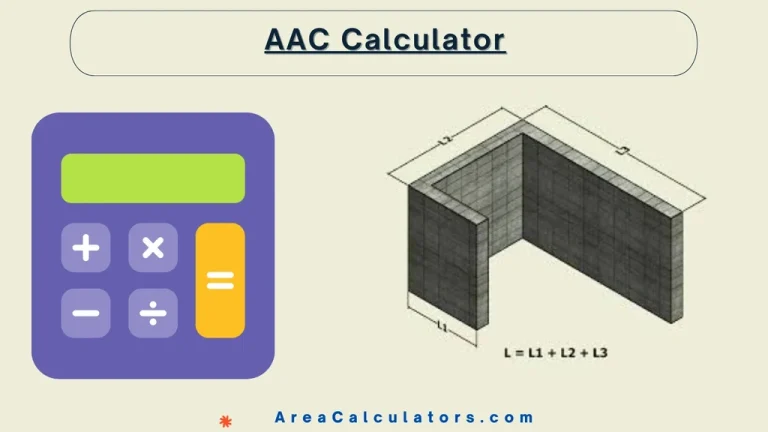Formula:
The formula is:
Variables:
| Variable | Meaning |
|---|
| BA | Basal Area (the cross-sectional area of a tree trunk at breast height) |
| F | Factor (a constant that converts DBH into area, often 4π) |
| DBH | Diameter at Breast Height (the diameter of the tree trunk measured at 1.3 meters above ground) |
| N | Number of trees (the number of trees in the area being measured) |
Step by Step Calculation:
- Data Collection: Measure the Diameter at Breast Height (DBH) for a sample of trees within the acre.
- Individual Tree Calculation: Use the formula for each tree to find its basal area.
- Summation: Add up the individual basal areas to get the total basal area for the acre.

Solved Calculation:
Example 1:
Given:
- Factor (F) = 4π
- Diameter at Breast Height (DBH) = 30 cm
- Number of trees (N) = 10
| Calculation | Instructions |
|---|
| Step 1: BA = | Start with the formula. |
| Step 2: BA = | Replace F with 4π, DBH with 30 cm, and N with 10. |
| Step 3: BA = | Square the DBH (30 cm): . Multiply 4π by 900. |
| Step 4: BA = 7068.58 cm² | Multiply the result by 10 to get the total basal area. |
Answer:
The total basal area is 7068.58 cm².
Example 2:
Given:
- Factor (F) = 4π
- Diameter at Breast Height (DBH) = 40 cm
- Number of trees (N) = 5
| Calculation | Instructions |
|---|
| Step 1: BA = | Start with the formula. |
| Step 2: BA = | Replace F with 4π, DBH with 40 cm, and N with 5. |
| Step 3: BA = | Square the DBH (40 cm): . Multiply 4π by 1600. |
| Step 4: BA = 6283.19 cm² | Multiply the result by 5 to get the total basal area. |
Answer:
The total basal area is 6283.19 cm².
What is Basal Area?
The basal area of a tree or a plot of land is an important measurement tool in forestry. It represents the cross-sectional area of a tree trunk at breast height (usually 1.3 meters above ground). It is an important indicator of forest density and tree competition. It is calculated using the formula , where DBH is the diameter at breast height.
For larger areas, such as an acre or hectare, the basal area is summed across all trees to give the total basal area per unit of land. A basal area calculator makes the process easy as it allows you to input measurements in square meters, square feet, or other units to get accurate results quickly.
Final Words:
The Basal Area Calculator is essential as it lets you know the status, density and health of the forest. The foresters use it to estimate timber volume and look over the environmental changes.



